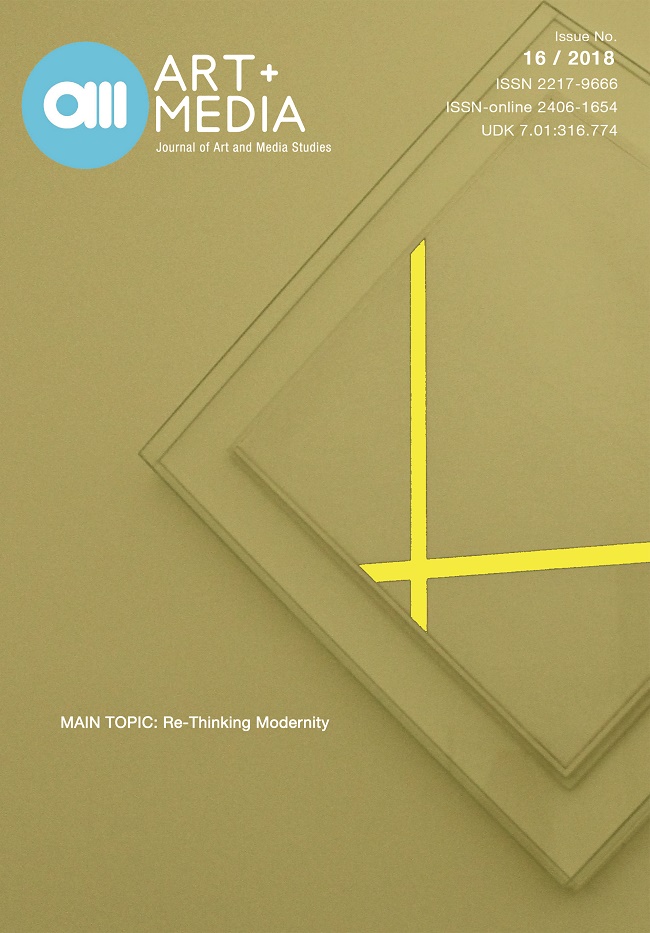On Proto-Modernist Traits in Early Modern Art Theory
On Proto-Modernist Traits in Early Modern Art Theory
Author(s): Angelina Milosavljević-AultSubject(s): Visual Arts
Published by: Fakultet za medije i komunikacije - Univerzitet Singidunum
Keywords: Mannerism; Modernism; abstraction; idea; disegno; Giorgio Vasari; Giovanni Paolo Lomazzo; Federico Zuccari
Summary/Abstract: Early modern art and art theory are still considered by historians and theorists of art mainly in terms of aesthetic principles in the service of the representation of political and ideological concepts. However, the body of early modern art and especially theory abounds with notions, which anticipate the modernist tendencies of self-criticism. In this paper, we would like to suggest that self-criticism also characterized pre-Modernist art, complemented by advanced art criticism, especially during the Mannerist era. We would like to point out that the notion of self-criticism equally applies to both early modern art and art theory in which the specific concentration on problems of construction and composition of painting based its foundations on abstract mathematical rules, serving to justify and dignify the medium itself. Furthermore, this tendency divorced the art of painting, specifically, from the illusion of reality, thus entrenching it more firmly in its own area competence, to use Clement Greenberg’s phrase. We would also like to demonstrate that late 16th-century art theory pushed well beyond its time, especially the theory written by artists. Their programmatic reliance on pre-existing pictorial models allowed these artists-theorists to abandon the question of realism and naturalism for pure speculation, which could not have been achieved in contemporary practice. We would like to suggest that ideas of abstraction and speculation, so characteristic of Modernist art, featured well before Modernism in the writings of Mannerist artists and theorists Giorgio Vasari, Giovanni Paolo Lomazzo, and Federico Zuccari.
Journal: AM Časopis za studije umetnosti i medija
- Issue Year: 2018
- Issue No: 16
- Page Range: 19-28
- Page Count: 10
- Language: English

